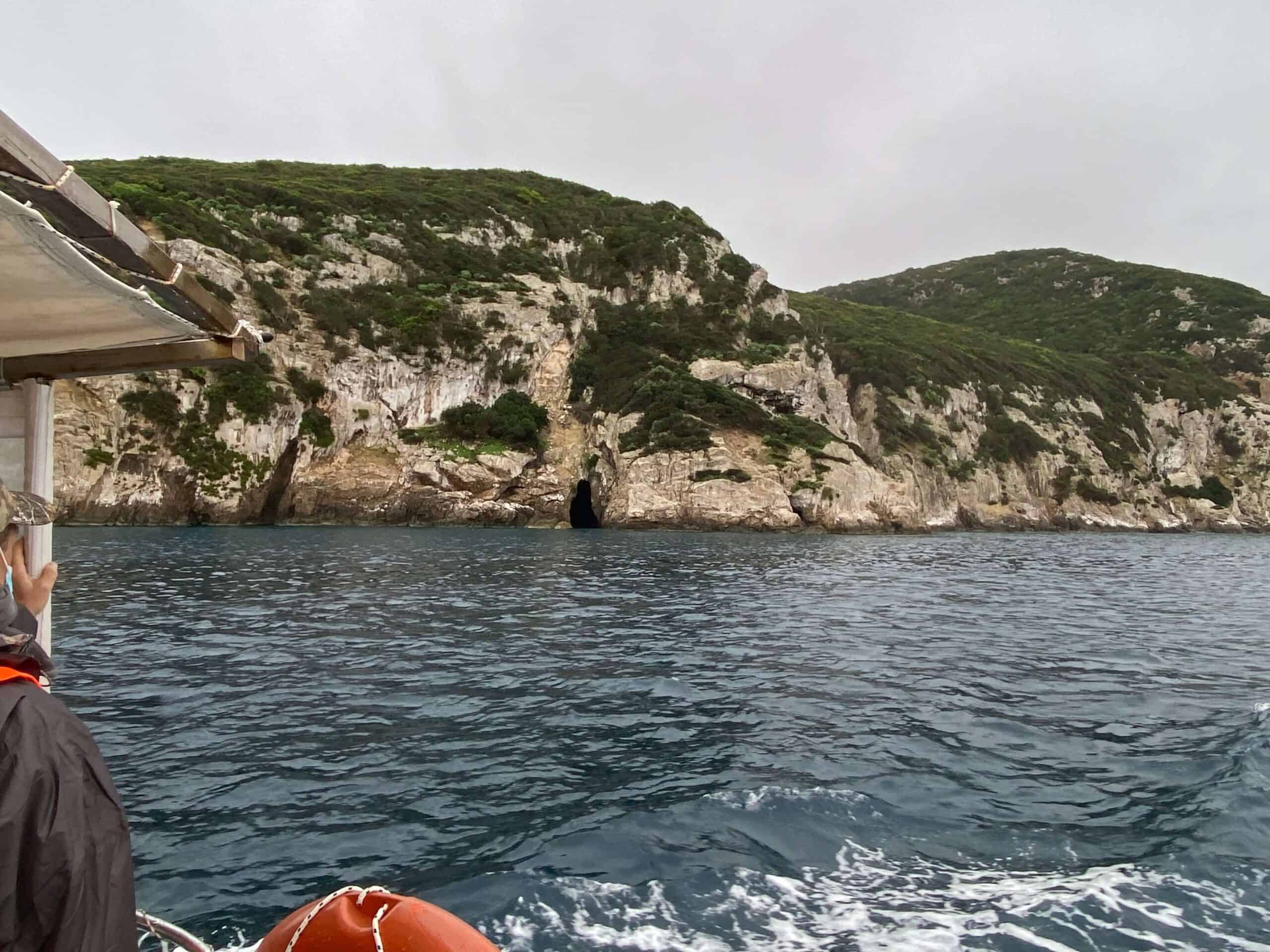The excitement of the Kri Kri ibex quest, a possibility to be one with nature on an exotic Greek island
The excitement of the Kri Kri ibex quest, a possibility to be one with nature on an exotic Greek island
Blog Article

To lots of people, The Peloponnese peninsula on the Greek Mainland is the 'real' Greece, where things have not altered much at all over the centuries despite the fact that lots of people have actually discovered it. This is a location where you can conveniently invest a month or even more but if you are short on time after that our hunting and visiting Peloponnese Tours from Methoni is a terrific remedy. The Peloponnese peninsula has something for everyone with its several tasks and tourist attractions.

This Ibex is not a little Capra aegagrus bezoar ibex, which has moved to the western extremity of this species' range. The kri-kri (Capra aegagrus cretica), likewise referred to as the Cretan goat, Agrimi, or Cretan ibex, is a feral goat living in the Eastern Mediterranean. The kri-kri has a light brown layer with a darker neck collar. Two sweeping horns job from the head. During the day, they hide to prevent travelers. In nature, the kri-kri can jump or climb up relatively sheer cliffs.
What to Expect on a Peloponnese Tour? You can anticipate to be blown away by the all-natural charm of the location when you book one of our searching and visiting Peloponnese Tours from Methoni. From the beautiful coastlines to the mountains and forests, there is something for every person to appreciate in the Peloponnese. In addition, you will have the opportunity to taste some of the very best food that Greece has to offer. Greek food is renowned for being fresh as well as scrumptious, as well as you will most definitely not be dissatisfied. Among the best components concerning our excursions is that they are designed to be both enjoyable as well as academic. You will discover Greek history as well as culture while also reaching experience it firsthand. This is a fantastic possibility to immerse on your own in everything that Greece has to use.
Experience 'Real' Greece with Our Peloponnese Tours. If you're trying to find a genuine Greek experience, look no more than our Peloponnese tours. From old ruins and castles to delicious food as well as a glass of wine, we'll reveal you everything that this remarkable area has to supply. What are you waiting for? Book your journey today! Your Kri Kri ibex searching in Greece is below!
What is the diference between Kri Kri ibex, Bezoar ibex and hybrid ibex
The kri-kri is not thought to be indigenous to Crete, most likely having been imported to the island during the time of the Minoan civilization. Nevertheless, it is found nowhere else and is therefore endemic to Crete. It was common throughout the Aegean but the peaks of the 8,000 ft (2,400 m) White Mountains of Western Crete are their last strongholds–particularly a series of almost vertical 3,000 ft (900 m) cliffs called ‘the Untrodden’—at the head of the Samaria Gorge. This mountain range, which hosts another 14 endemic animal species, is protected as a UNESCO Biosphere Reserve. In total, their range extends to the White Mountains, the Samaria National Forest and the islets of Dia, Thodorou, and Agii Pandes.
This Ibex is NOT a diminutive form of the Bezoar Ibex, which has migrated into the western-most reach of the range of this species. The kri – kri (Capra aegagrus cretica), sometimes called the Cretan goat, Agrimi, or Cretan Ibex, is a feral goat inhabiting the Eastern Mediterranean, previously considered a subspecies of wild goat. The kri-kri has a light brownish coat with a darker band around its neck. It has two horns that sweep back from the head. In the wild they are shy and avoid tourists, resting during the day. The animal can leap some distance or climb seemingly sheer cliffs.
“The agrimi goat Capra aegagrus cretica is unique to Crete and its offshore islands. It has been identi®ed as a sub-species of the wild bezoar goat Capra aegagrus aegagrus Erxleben, 1777, which it closely resembles in horn shape, body form and coloration. This classi®cation has been disputed by some researchers who claim that the agrimi are feral goats, derived from early domestic stock brought to the island by the ®rst Neolithic settlers. In order to clarify this issue, DNA analyses (cytochrome b and D loop sequences) were carried out on tissue of live and skeletonized agrimi and compared to sequences of wild and domestic caprines. Results conclusively show the agrimi to be a feral animal, that clades with domestic goats (Capra hircus) rather than with wild Asiatic bezoar. This study demonstrates that morphometric criteria do not necessarily re¯ect genetic af®nities, and that the taxonomic classi®cation of agrimi should be revised.”
Report this page